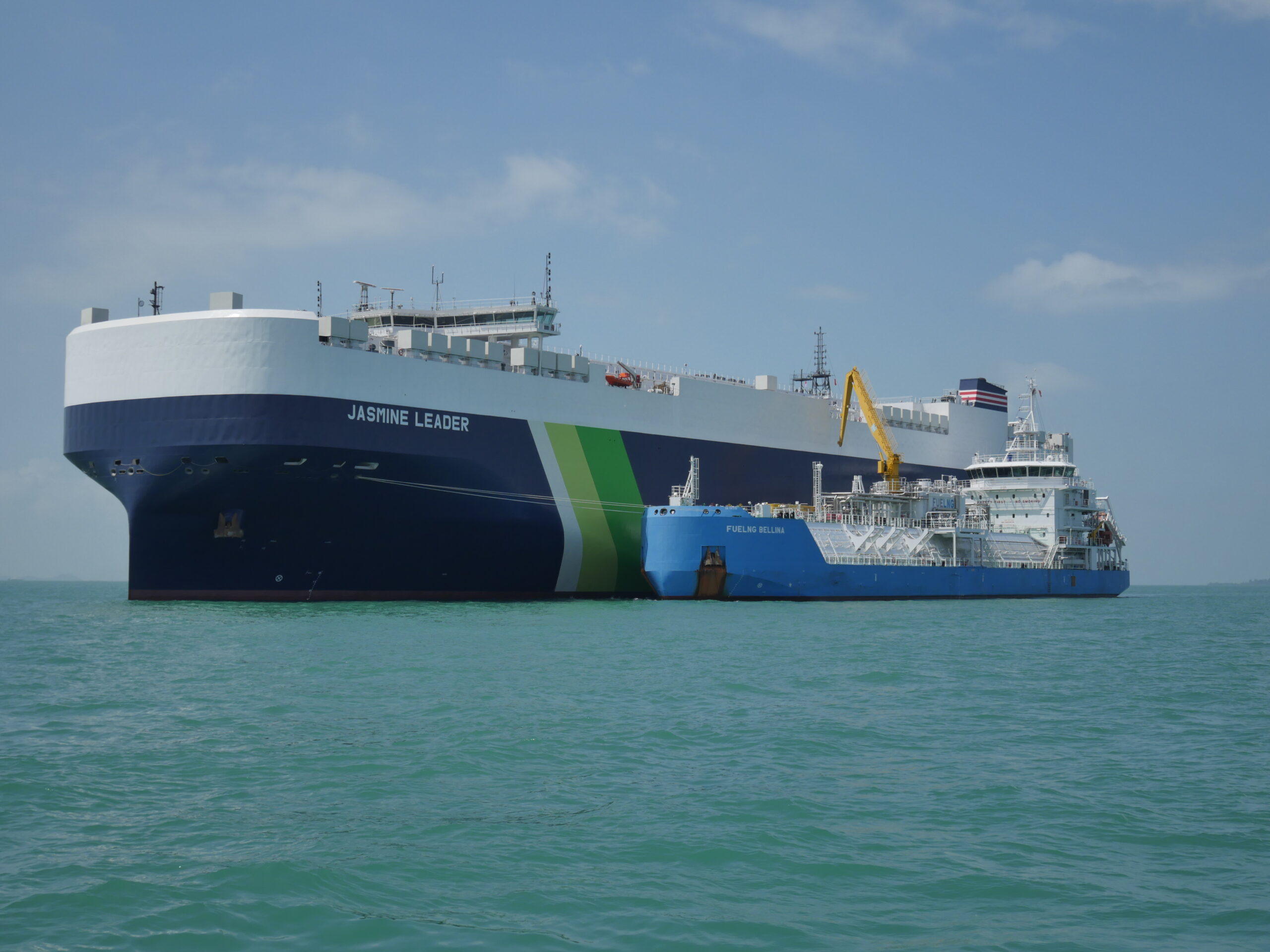Classification society DNV has added 10 LNG-powered ships and 9 methanol-fueled vessels to its Alternative Fuels Insight platform last month.
According to DNV, the growth was driven by tanker and container orders.
So far this year the total order figure for alternative fuel vessels stands at 63.
“It is great to see a growing diversification in orders for alternative fuel powered vessels and the methanol momentum continuing,” Martin Wold, principal consultant in DNV’s maritime advisory business, said.
“However, as newbuild orders are now turning more towards tankers and bulkers, it is likely that that the overall share of alternative fuels in the orderbook decreases,” he said.
These 10 vessels in April include the orders by Greece’s Maran Tankers and Capital in China.
The first quarter of this year has been slow for LNG-powered newbuild orders after a record 2022 with 222 orders.
In January, DNV reported no orders for LNG-powered vessels, while there were 10 LNG dual-fuel ships ordered in February and 8 in March.
388 LNG-powered ships in operation
DNV’s platform shows that 388 LNG-powered ships are already in operation, while owners placed orders for 516 LNG-fueled vessels.
LNG-powered crude oil tankers lead the way with 56 in operation, followed by 47 containerships, 45 oil/chemical tankers, and 44 car and passenger ferries.
As per vessels on order, LNG-powered containerships account for a big part of the orders with 187 units. Owners also ordered 121 car carriers, 43 oil and chemical tankers, 41 crude oil tankers, and 40 bulk carriers.
These statistics do not include smaller inland vessels or dual-fuel LNG carriers.
43 LNG bunkering vessels and 180 LPG-powered ships
Besides LNG-powered vessels, there are 43 LNG bunkering vessels in operation and 21 on order, the platform shows.
In addition to 904 confirmed LNG-powered ships, the fleet powered by alternative fuels also includes 180 LPG-powered ships, 115 methanol-fueled vessels, and 27 hydrogen-fueled vessels, according to the platform.

